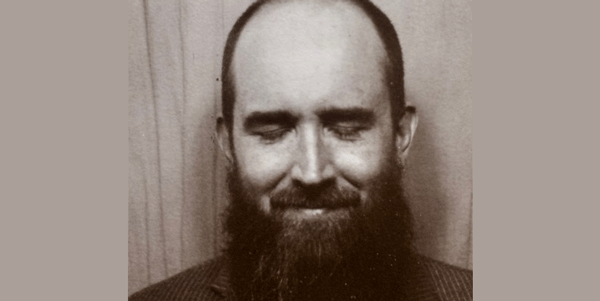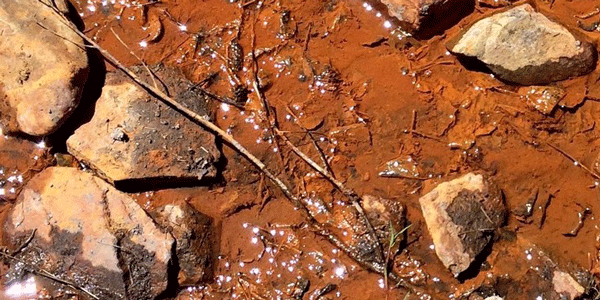Noise Music and Acid Love
- Wits University
Dr. Brian House is a visiting fellow in Digital Arts and the History of Art at Wits. His background in computer science and noise music informs his research.

With an interest in the interdependent rhythms of the body, technology, and the environment, House’s artistic research explores the capacity of ‘sound art’ to generate interdisciplinary knowledge about these complex interrelationships.
His work, Acid Love, is a case study sound installation featuring acid mine drainage (AMD).
Acid Love is a collaboration with the Centre in Water and Research and Development (CiWARD) at Wits and is installed in the Tshimologong Precinct for the WATERSHED and Fak'ugesi Festivals.
House will present a master class on his research on Friday, 31 August, at 12.30 at Tshimologong.
How heavy metal sounds in a river
“I am interested in how ensembles of geology, industrial history, contemporary electronics, and ongoing ecological instability interrelate in South Africa and throughout the world”, says House.
This work began with research conducted in the Animas watershed of Colorado, where House has lived, and which suffers from acid mine drainage because of gold mining dating from the 19th century.
Though it is on the other side of the globe, Johannesburg has a parallel history and similar ecological concerns.
One of the ecologically volatile effects of extractive industries is AMD. AMD is characterized by chemical feedback in which sulfides that had been locked away in bedrock are exposed to oxygen, water, and acidophilic bacteria. The resulting chemical reaction is self-accelerating and is highly toxic to most other lifeforms. This material process is embedded within ensembles of geology, historical industrial practices, and contemporary socioeconomics.
“In Colorado, I created an installation which sonified data from the river in order to highlight the dynamic nature of minerals in the water. In Johannesburg, I am also working with sound by resonating architectural features of the Tshimologong Digital Innovation Precinct in accordance with data from acid mine research.”
Sonification refers to the use of non-speech audio to convey information or perceptualize data.

Acoustic ecologist
In 2017, House published an article, Against Listening, in the Contemporary Music Review.
The practice of listening has been put forth as a corrective to humanity’s ecological insensitivity, and the artistic use of recording technology has allowed us to experience nonhuman soundscapes. Yet such acoustic ecology warrants further critical attention.
In this essay, House explores the notion of the sacred to show how the valorization of the listening subject can actually run contrary to ecological aims.
“To the extent that ‘listening’ has become a buzzword, I endeavour to hold on to the sonic ways of knowing implied by the term while calling for greater attention to the conditions of its practice.”
Tech House
Brian holds a PhD from Brown University and he is currently a Mellon Associate Research Scholar in the Graduate School of Architecture, Preservation, and Planning at Columbia University. He was previously a member of the Research and Development Lab at the New York Times. His work has been shown by the Museum of Modern Art (New York City), Museum of Contemporary Art (Los Angeles), Ars Electronica, Transmediale, ZKM, Center for Art and Media, Cincinnati Contemporary Arts Center, Tel Aviv Center for Contemporary Art, and Rhizome, among others.
He has led technology at the award-winning design studio Local Projects and developed interdisciplinary courses at RISD Digital+Media, Parsons Design & Technology, and at Columbia’s Spatial Information Design Lab.
He has been an artist-in-residence at Eyebeam, MassMOCA, and the Rocky Mountain Biological Lab, and a fellow at the Tow Center for Digital Journalism at Columbia.

